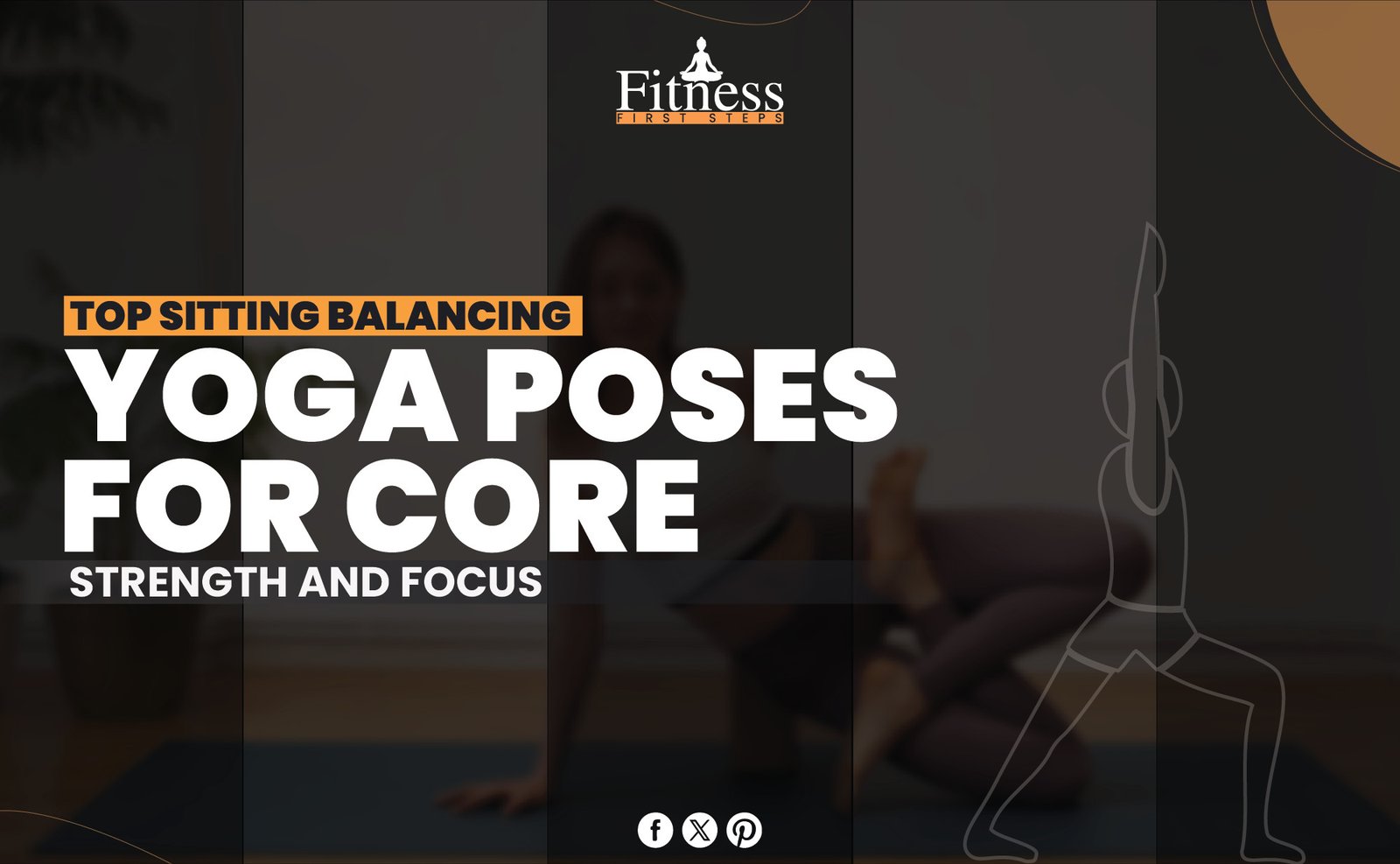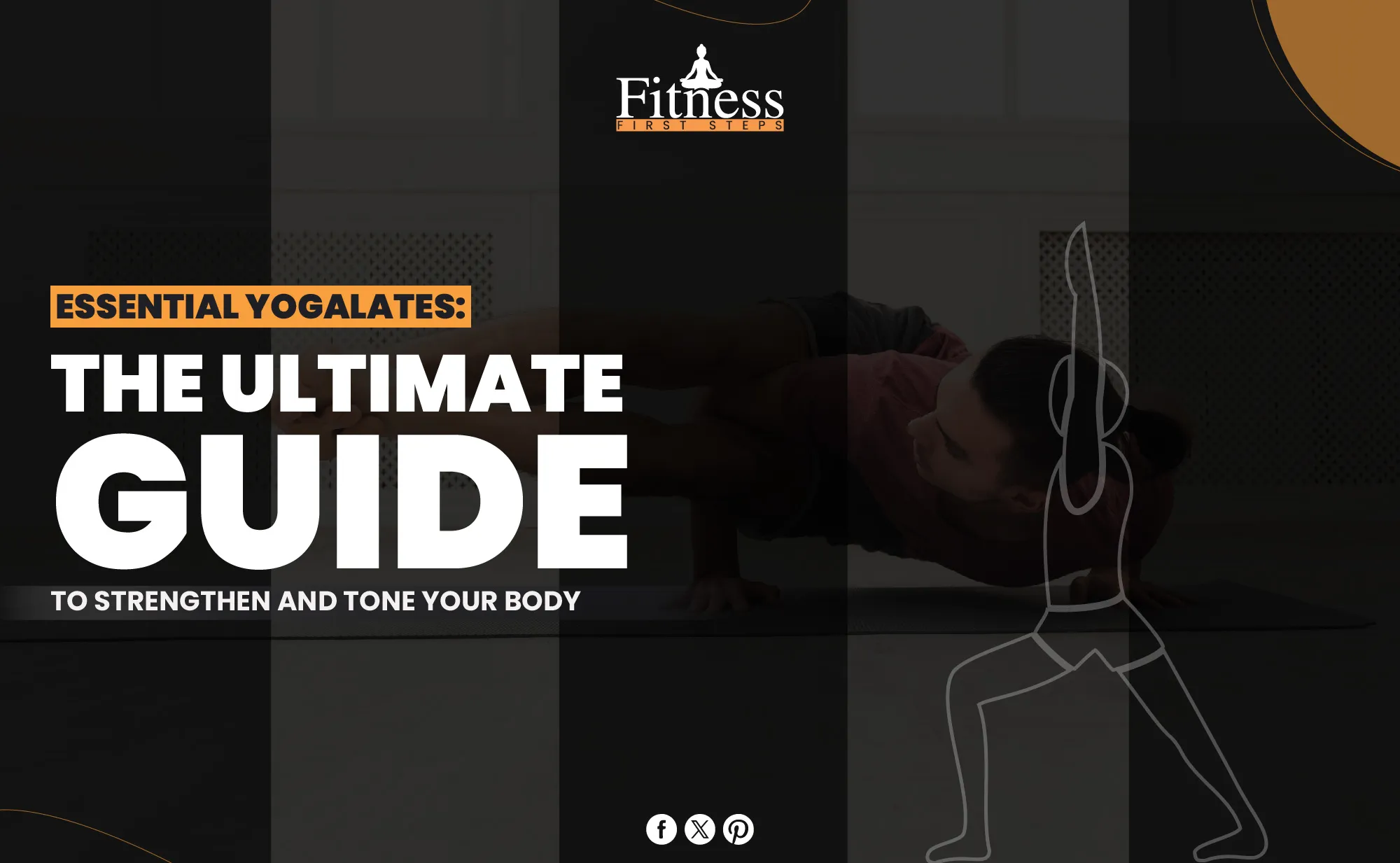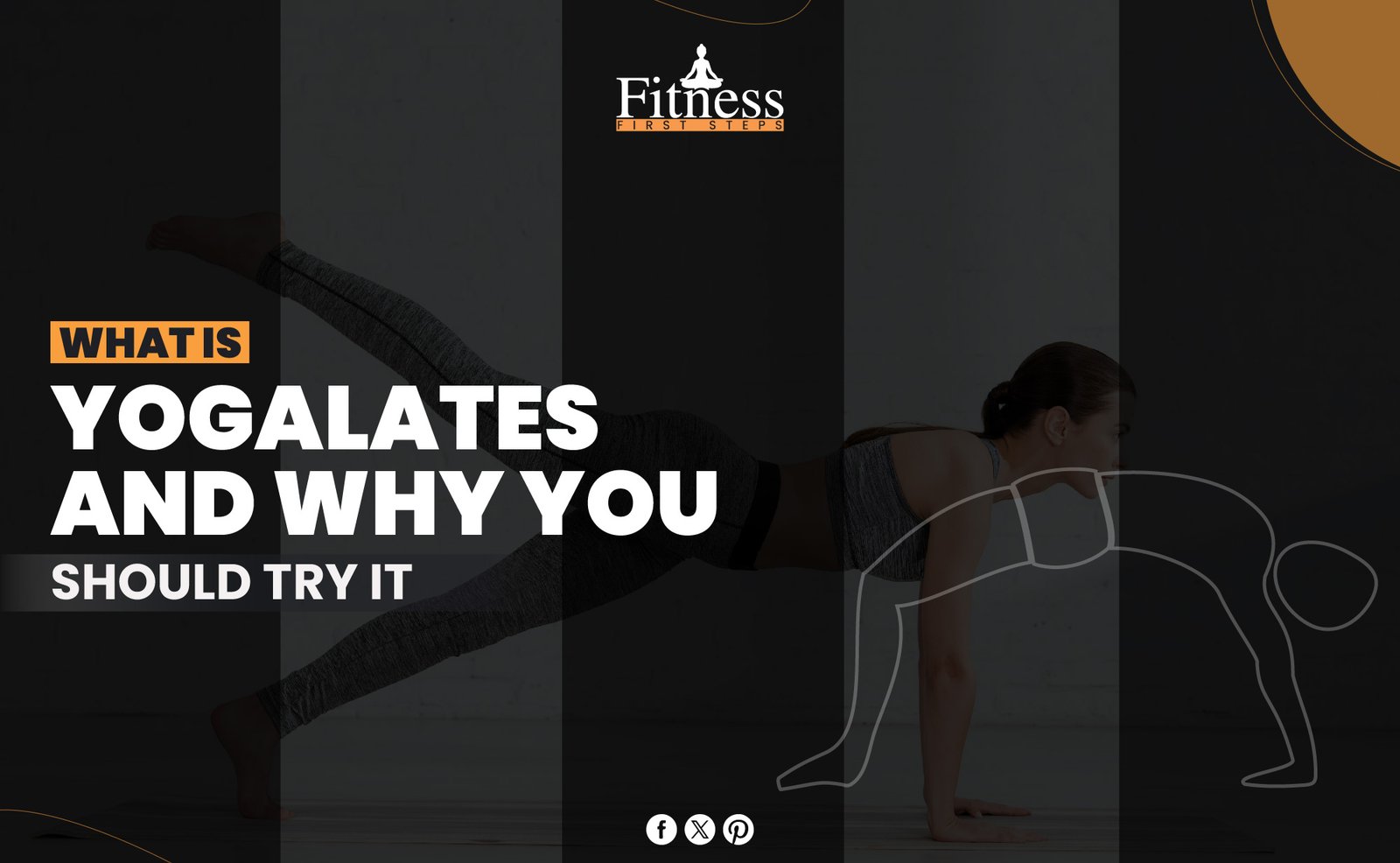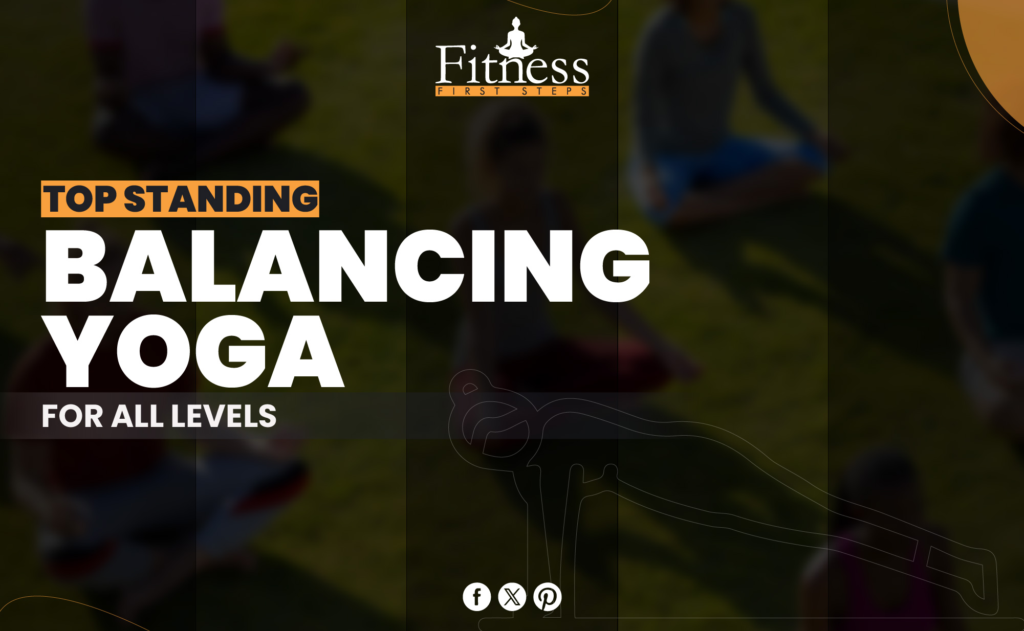Introduction
In the past few years, the ideas behind mindfulness yoga have gotten a lot of attention and popularity, both as separate routines and as a whole-person approach to health. People are becoming more aware of these practices’ mental, physical, and social benefits, especially in today’s fast-paced and stressful world.
This blog covers five mindfulness yoga practices to deepen your training and experience. Mindfulness yoga combines classical and mindfulness meditation to improve self-awareness and the mind-body connection.
Integrating these mindfulness yoga methods into your routine will improve your mind-body connection and awareness. These techniques increase mental clarity, emotional resilience, physical flexibility, and strength.
Read more about Prenatal Yoga.
Technique 1: Mindful Breathing
Explanation of the importance of breath awareness in yoga
Yoga philosophy views breath as the link between mind and body, making it central to mindfulness yoga. Yoga emphasizes pranayama, or breath awareness, to revitalize the body, quiet the mind, and bring practitioners into the present. Mindful breathing in yoga, especially mindfulness yoga, balances energy flow and promotes inner serenity.
Step-by-step guide to mindful breathing technique
- Find a Comfortable Position: Start by sitting or lying down in a good way that makes your back straight but not stiff. Take a moment to rest your hands on your knees or sides.
- Close Your Eyes: Close your eyes slowly to block out outside noise. Taking a deep breath in and out helps you focus on your breath.
- Observe Your Natural Breath: Pay attention to how your breath moves naturally. Notice the pace, depth, and feelings accompanying breathing without trying to change anything.
- Deepen Your Inhalations and Exhalations: Start deepening your inhalations slowly and deliberately. Inhale deeply through your nose to fill your lungs, then exhale slowly through your mouth or nose to release all the air.
- Focus on the Present Moment: If your attention wanders, slowly return to your breath. Use the sensation of air entering and leaving your body to stay present.
- Practice Regularly: Start your daily mindfulness yoga practice with a few minutes of attentive breathing and progressively increase it. Mindfulness and yoga practice improve with consistency.
Benefits of mindful breathing, including stress reduction and enhanced focus
Mindful breathing, a crucial part of mindfulness yoga, increases well-being in many ways:
- Stress Reduction: Regular mindful breathing in mindful yoga sessions activates the body’s relaxation response, balancing stress-induced nervous system reactions.
- Enhanced Focus and Concentration: Mindfulness yoga practitioners can reduce distractions and mind-wandering by focusing on the breath.
- Increased Emotional Resilience: Yoga’s attentive breathing boosts emotional resilience, helping us handle emotional challenges and reduce anxiety and despair.
- Improved Physical Health: Mindful breathing improves physical health by boosting lung function, brain oxygenation, and immunity.
- Deepened Mind-Body Connection: Mindful breathing in mindful yoga increases awareness and inner serenity by connecting mind and body.
Technique 2: Body Scan Meditation
Introduction to body scan meditation as a mindfulness Yoga practice
Body scan meditation is a crucial mindfulness yoga practice that promotes deep relaxation and awareness by connecting with the body. This approach entails mentally scanning your body from head to toe and evaluating sensory, emotional, and tensional experiences without judgment. It helps practitioners focus on physical experiences, ground them in the present, and improve mindfulness.
Instructions for performing a body scan meditation during yoga practice
- Settle Into a Comfortable Position: Sit or lie down to be comfortable and awake. Make sure your space is calm and uninterrupted.
- Begin With a Few Deep Breaths: Relax your body and mind with a few deep breaths before the body scan to prepare for meditation. Deep breathing helps relieve visible strain.
- Bring Your Awareness to Your Feet: Focus on your feet to begin the body scan. Feel warmth, coolness, pressure, or numbness. Observe these feelings without changing them.
- Gradually Move Upwards Through Your Body: Slowly focus on your ankles, calves, knees, thighs, and so on instead of your feet. Stop judging each body component and observe sensations.
- Be Mindful of Tension and Release It: Pay attention to it if you feel stress or pain in any part of your body. As you breathe out, picture letting go of this tightness and melting it away.
- Notice Your Body as a Whole: As you finish moving through each part of your body, take a moment to feel your body as a whole. Pay attention to how your body feels as a whole and to the natural flow of your breath.
- Conclude With Deep Breaths: After the body scan, take a few deep breaths and let yourself feel calm and refreshed. Move your toes and fingers slowly, and when you’re ready, open your eyes.
- Reflect on Your Experience: After that, consider your meditation experience. Mindfulness might include noticing changes in physical tension or mental state.
Benefits of body scan meditation
There are many benefits to body scan meditation, especially when done as part of mindfulness yoga practice:
- Increased Body Awareness: This method makes the practitioner more aware of their body’s feelings, which helps them better understand the body’s needs and conditions.
- Release of Physical Tension: Stress and pain in the body can be released through body scan meditation, which involves focusing on areas of tension and relaxing the muscles.
- Enhanced Emotional Equilibrium: The practice can help your mental health because recognizing and accepting your body’s feelings is related to identifying and controlling your emotions.
- Stress Reduction: Body scan meditation has a calming effect that lowers stress levels and promotes peace and calmness, which is good for your health.
- Improved Focus and Concentration: This meditation improves attention and the ability to be present by teaching the mind to move in a planned way through the body. It is helpful for both yoga practice and everyday life.
Technique 3: Mindful Movement
Definition of mindful movement and its significance in yoga
Movement in mindfulness yoga involves mindful movement, focusing on sensations and breath. It’s a method for showing care to the body and practicing mindfulness with every move, step, and posture. Yoga practitioners can enter meditative movement with this approach because it strengthens the mind-body connection. Mindful movement creates mental and emotional balance by encouraging awareness and presence.
Guidance on practicing yoga postures mindfully
To do yoga poses with awareness during a mindfulness yoga session:
- Begin With Intention: Be clear about your practice goal from the start. You could relax, improve flexibility, or increase mindfulness. Intentions help you focus and practice.
- Move Slowly and Deliberately: Slowly perform each posture to experience the transitions and final poses. Be mindful of body alignment and sensations.
- Coordinate With Breath: Let your breath guide you. Inhale to prepare, exhale to assume the pose. Synchronizing breath and movement helps maintain mindfulness.
- Maintain Awareness of the Present Moment: Concentrate on your body sensations, breath, and position alignment to avoid thinking about the past or future.
- Adopt a Non-Judgmental Attitude: Observe your body and practice without judgment. Appreciate your efforts and acknowledge your daily strengths and weaknesses without judgment.
- Finish With Gratitude: After your practice, lie in Savasana (Corpse Pose) and thank yourself for your physical, mental, and spiritual growth.
Benefits of mindful movement
The mindful movement has physical, mental, and emotional benefits for mindfulness yoga practitioners:
- Enhanced Physical Connection: Through mindfulness yoga, practitioners become more aware of their bodies’ capabilities and limitations, fostering a gentle and respectful approach to physical practice and lowering injury risk.
- Stress Reduction and Relaxation: Mindfulness yoga reduces stress and anxiety through purposeful, focused movement. By being present, people can relax more easily.
- Improved Mental Clarity and Focus: Mindfulness yoga with mindful movement sharpens focus and clarity. Concentrating on movement and breath quiets the mind’s constant chatter, allowing for mental serenity and focus in daily life.
- Deepened Mindful Awareness: Mindful movement activities in mindfulness yoga sessions strengthen the mind-body connection and increase present-moment awareness. Beyond the yoga mat, mindfulness improves life quality by enhancing daily interactions.
- Increased Emotional Resilience: Mindfulness yoga, especially mindful movement, teaches people to notice their emotions without judgment. This awareness improves emotional resilience, helping to control emotions and achieve balance and harmony.
Technique 4: Awareness of Physical Sensations
Explanation of tuning into physical sensations during yoga practice
Tuning into physical sensations during yoga is vital for mindfulness yoga. This practice urges practitioners to go beyond physical activity and deeply interact with the present through bodily feelings. Attention to sensations like warmth, stretching, and discomfort can help people connect their mental and physical selves.
Techniques for cultivating awareness of sensations, such as heat, tingling, or stretching
- Focused Attention: Start with one body part and progressively expand awareness to include the whole body. This systematic approach helps identify different regions’ heat, tingling, and stretching.
- Breath Linkage: Connect with physical sensations through breath. Imagine sending breath to intensely feeling locations with each inhale and exhale to deepen your awareness.
- Mindful Observation: Try monitoring physiological experiences without judgment or alteration. This helps yoga practitioners accept and understand their bodies.
Benefits of enhancing awareness of physical sensations for deepening the mind-body connection
The mind-body connection is strengthened by increasing physical feeling awareness in mindfulness yoga, which has many benefits:
- Increased Body Awareness: People who practice become more aware of their body’s details, which improves their posture, movement, and health in general.
- Mindfulness in Daily Life: By becoming very aware of their bodies during yoga, people learn to bring this mindfulness to their everyday lives, improving their general experience of the present moment.
- Greater Emotional Equilibrium: Practicing noticing feelings without judging them can help you control your emotions and give you a sense of inner calm and peace.
- Enhanced Focus and Concentration: Focusing on body sensations trains and requires focus, which can help you focus on other parts of your life.
- Deep Relaxation: Tuning into and accepting body feelings can lead to deep relaxation by helping the body let go of tension and resistance.
Technique 5: Loving-Kindness Meditation (Metta)
Introduction to loving-kindness meditation as a mindfulness practice
Loving-kindness Buddhist meditation, or Metta, promotes self and other compassion. It involves mentally distributing love, kindness, and warmth to others, starting with oneself and expanding to friends, family, acquaintances, and all living things. This strategy breaks down anger, resentment, and alienation and fosters connection and understanding.
Instructions for practicing loving-kindness meditation before or after yoga practice
- Find a Comfortable Position: To start, find a quiet and comfortable place to sit or lie down. Then, find a peaceful place to breathe deeply for a moment.
- Start with Yourself: Close your eyes and pay attention to your heart. Say nice things to yourself repeatedly, like “May I be happy, may I be healthy, may I be safe, may I be at peace.”
- Visualize Loved Ones: Imagine a loved one who is close to you. Picture them in your mind and say loving-kindness words to them, wishing them peace, happiness, health, and safety.
- Extend Further: First, with acquaintances, then those you disagree with, and finally, all conscious individuals worldwide. In each category, envision your well-wishes recipients and repeat loving-kindness phrases.
- Close with Gratitude: To end your meditation, return to yourself with love and compassion. Be grateful for the practice, breathe deeply, and softly open your eyes.
Benefits of loving-kindness meditation
Practicing “loving-kindness” meditation as part of mindfulness yoga has many benefits beyond the mat and throughout life. Integration of this compassionate practice with mindfulness yoga has these significant effects:
- Enhanced Emotional Health: Mindfulness yoga and loving-kindness meditation improve emotional wellness and reduce depression and anxiety. The practice also results in positive thinking and inner tranquility.
- Improved Self-Compassion and Self-Esteem: Mindfulness yoga increases self-compassion and self-esteem by practicing loving-kindness toward oneself regularly. Inward compassion promotes self-acceptance and self-care.
- Strengthened Social Connections: Mindfulness yoga, especially loving-kindness meditation, connects self-work and social contact. Goodwill naturally increases empathy and understanding, enhancing connections and communities.
- Reduction in Physical and Emotional Pain: Loving-kindness meditation in mindfulness yoga sessions reduces chronic pain and adverse emotional reactions to pain, making physical and emotional discomfort more tolerable and tolerant.
- Boost in Resilience: When practicing mindfulness yoga with loving-kindness principles, it is easier to handle stress, overcome obstacles, and bounce back from setbacks with a compassionate and balanced perspective.
Adding loving-kindness meditation to mindfulness yoga boosts its physical and mental benefits and helps practitioners create compassion, connection, and well-being in all aspects of life.
Conclusion
This essay covered five fundamental mindfulness yoga methods to improve your practice and life. Breath Awareness, Body Scan Meditation, Mindful Movement, Physical Sensations, and Loving-Kindness Meditation were used. By connecting to the present, each strategy improves concentration, emotional balance, and bodily awareness.
Integrating mindfulness yoga into daily life can transform us. We gain strength, flexibility, mental resilience, and emotional well-being. Mindfulness yoga promotes attentiveness, compassion, and non-judgment. It invites us to live with awareness, kindness, and a deeper connection to ourselves and others. Exploring and deepening these disciplines unlocks our physical and spiritual potential, laying the groundwork for a balanced and meaningful life.
